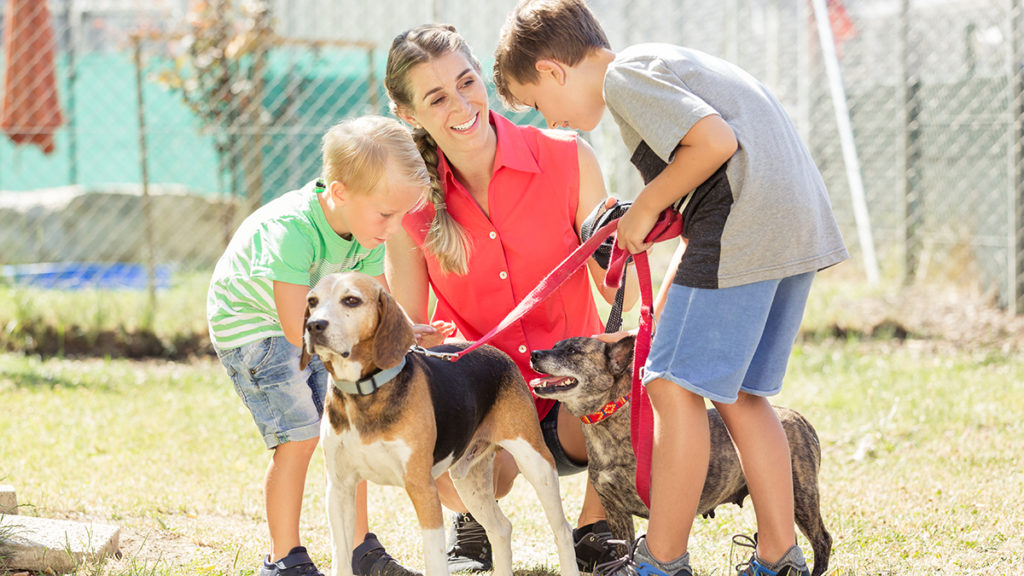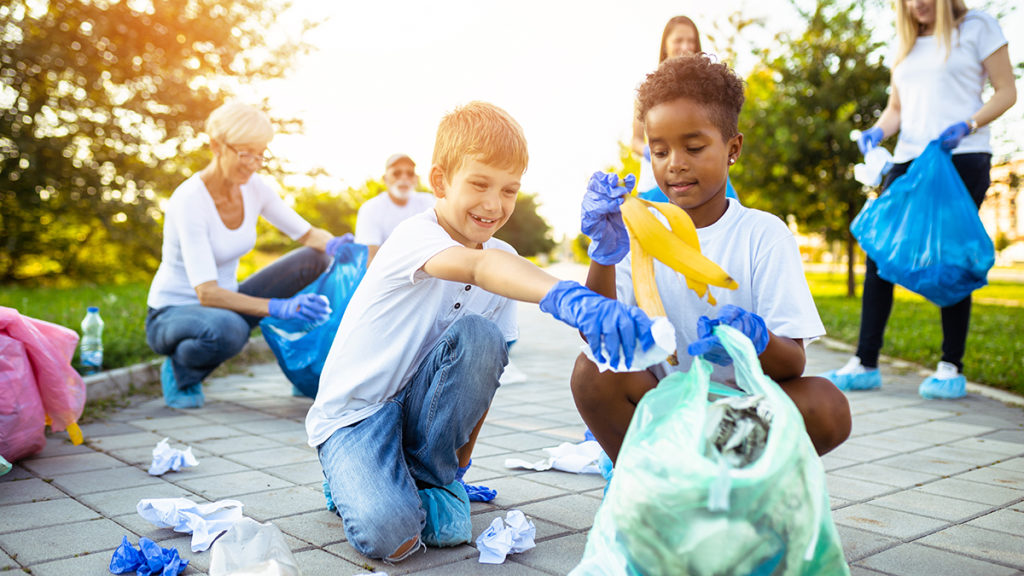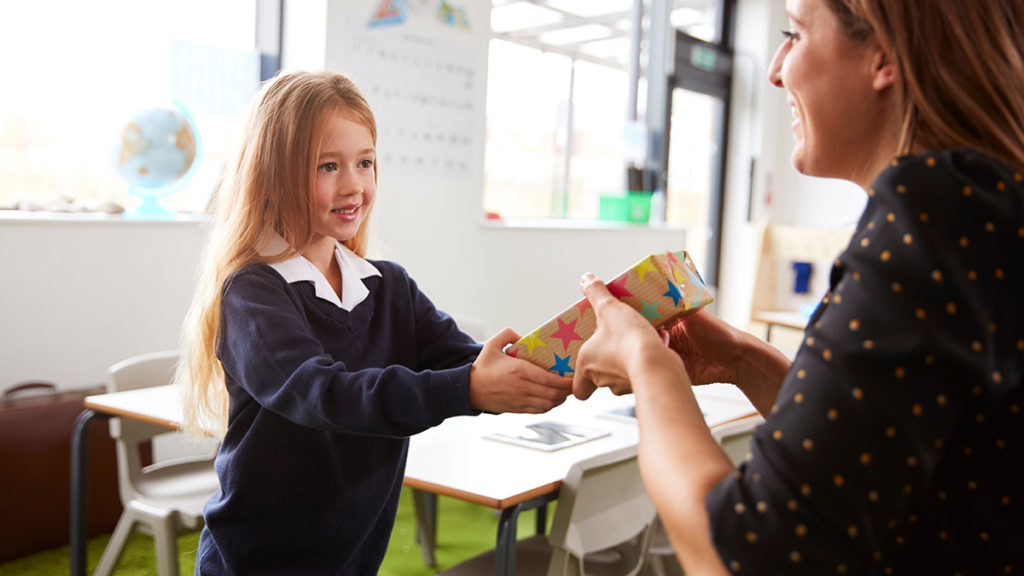5 Ways to Celebrate Random Acts of Kindness Day
These ideas will teach your children that even the smallest gesture can make a world of difference.
Feb 11, 2022
“Being kind" is one of the core values of our society. But, as every parent knows, kindness is something that must be actively taught and fostered starting at a young age.
“Kindness is a critical aspect of social-emotional development," notes Sally Macaluso, an early childhood educator and founder of the parenting resource blog Tenderhearted Teacher. “Teaching a child kindness, compassion, empathy, mindfulness, and other social-emotional learning (SEL) skills in early childhood can help them to continue these practices in adulthood."
While there are many formal ways to teach these skills, setting a good example, Macaluso says, is among the best. “Ultimately, one of the most effective ways to teach a little one — about any topic really — is through modeling. Kindness is no different," she says.
In other words, children look to adults to learn what kindness is and how to express it. This means that we, as caregivers and community members, have the power to show them that kindness lives in the little moments that happen every day and that these little moments can add up to a lifetime of positive experiences and healthy connections. Choosing to smile at a stranger, take a deep breath before losing our temper, or offer the last piece of cake to a friend are small ways we can show kindness in our daily lives.
A day dedicated to kindness
Random Acts of Kindness Day, celebrated every year on Feb. 17, was started in 1995 by the Random Acts of Kindness Foundation in Colorado with the goal to “make kindness the norm." Macaluso notes, “While kindness isn't a time-specific concept, parents and caregivers can certainly use Random Acts of Kindness Day as a jumping-off point to talk to children about what it means to be kind." Setting aside time to participate in celebration with kids highlights how important the topic is and supports the organization's mission of connecting all people through kindness.
When it comes to modeling kindness, no act is too small. The ideas below are meant to spark valuable conversations about the many ways kindness positively affects both the giver and the receiver. They encourage kids to be themselves and celebrate the day in ways inspired by their unique personalities. And, hopefully, they motivate kids to take the lessons they learned and carry them throughout their lives.
1. The child who loves animals

If you know a young person who loves animals or pets, have them volunteer at or donate to a local animal shelter. Macaluso shared that one year her students visited a local shelter to donate pet supplies and drop off a homemade poster thanking the staff and volunteers. Other ideas include asking around the neighborhood or on social media to see if people in your community need their pets walked or fed. You can also consider buying a gift basket from The Max and Milo Collection, from which a percentage of the proceeds go to American Humane.
2. The child who loves to cook
For the kid who enjoys spending time in the kitchen, cooking and delivering meals or home-baked cookies to a friend or loved one is a thoughtful act. “The way to a person's heart is through their stomach, so what better way to show someone you're thinking of them than with a yummy gift?" Macaluso jokes. "I can say with certainty that it always brings a smile to my face whenever a student surprises me with a sweet treat made with care." She adds that you could also bring baked goods to a local fire department, hospital, or senior citizens center. Random acts of kindness don't have to be extravagant — they just have to come from the heart.
3. The child who loves to be outside

An outdoor project to consider is collecting and disposing of trash at your child's favorite park or public greenway. You can also have them help older folks tidy up their yard or shovel their driveway, if it has recently snowed. If weather permits, Macaluso also suggests leaving positive messages in sidewalk chalk for frontline workers and first responders in public places. "These thoughtful acts are appropriate any time of year to spread kindness and joy throughout our communities," she says.
4. The child who misses someone
Being separated from friends or family can be hard for a little one. Help them reach out by crafting a handwritten letter, creating an original piece of art, or sending flowers to the person they miss. “We live in a time when staying connected to others is easier than ever," Macaluso says. "No matter the distance, your child can share a heartfelt message or send a handmade gift to let someone else know they're thinking of them."
5. The child who loves school

Our educators play such a large role in modeling behavior, too. Encouraging your child to thank the people who make their day great is an easy gesture that goes a long way. Have them write or decorate a thank-you card to their favorite teacher, staff member, or athletic coach to show their appreciation. Macaluso suggests, "This simple gesture explaining how this person has made a positive impact on their life can instantly lift someone's spirits."







